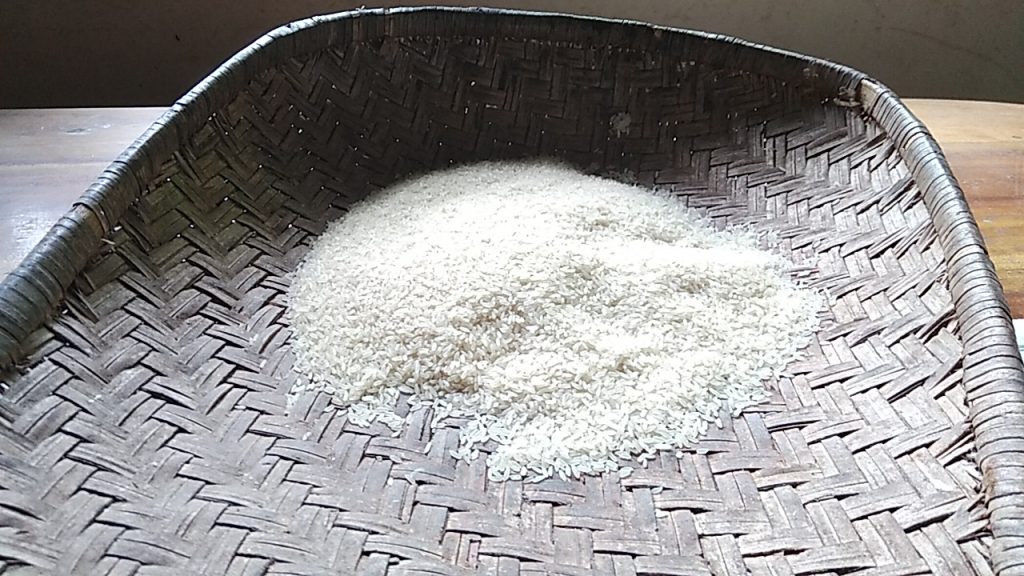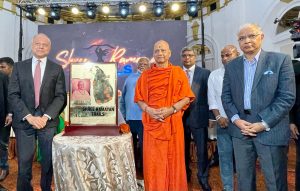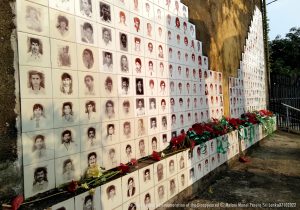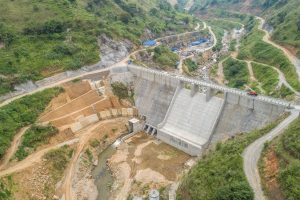Starting 2.9 million people in Sri Lanka to receive free rice

The program to distribute free rice to 2.9 million people began yesterday, 27th March. The IFRC says that 6.3 million people in Sri Lanka are still facing moderate to severe acute food insecurity and their situation is expected to worsen in 2023 if adequate life-saving assistance and livelihood support is not provided.
Minister of Agriculture Mahinda Amaraweera announced that the Government will convert paddy purchased from farmers into rice and distribute it to low-income families.
He said during the Maha season, the Government has made arrangements to purchase 61,300 metric tonnes of paddy from farmers. “In the first phase, Rs 10 billion was allocated”.
The Ministry of Finance decided that rather than the Paddy Marketing Board, District Secretaries and Divisional Secretaries should purchase paddy.
“This rice will be distributed to two million low-income families,” he said.
In addition, he said the Government has decided to provide free rice for two months at the rate of 10 Kg of rice per family per month.
According to the Minister of Agriculture, the rice subsidy was originally intended for two million families, but it was later increased to 2.9 million. The Minister revealed these details on 25 March while attending a ceremony at Lunama in Hambantota.
“This free rice has been requested by 52% of all families in the Hambantota district. Despite significant development in the Hambantota district in the past, and despite a large number of people cultivating paddy, there are still 52% of families requesting subsidies,” he said.
The Minister also highlighted that free rice will be distributed to low-income families in the Hambantota district yesterday and in Agunakolapalassa and Weerakatiya, as requested.
Meanwhile, the International Federation of Red Cross (IFRC) And Red Crescent Societies said that the impact of the economic crisis is still high in Sri Lanka, and various studies highlighted that the crisis is not going away anytime soon, but will become protracted, and people’s situation will steadily deteriorate further over time.
“6.3 million people in Sri Lanka are still facing moderate to severe acute food insecurity and their situation is expected to worsen in 2023 if adequate life-saving assistance and livelihood support is not provided. Therefore, it is crucial to provide continuous support to crisis-affected people in Sri Lanka,” IFRC said.
More than 60 percent of families are eating less, and eating cheaper, less nutritious food.
The IFRC said that its operational update is issued mainly to inform that the operation is to be extended until 31 December 2023, and will be incorporated into the Sri Lanka Country Unified Plan.
According to UN OCHA, an estimated 5.7 million people (26 percent of the population) or more are now in need of humanitarian assistance, with at least 4.9 million (22 percent) being food insecure.






